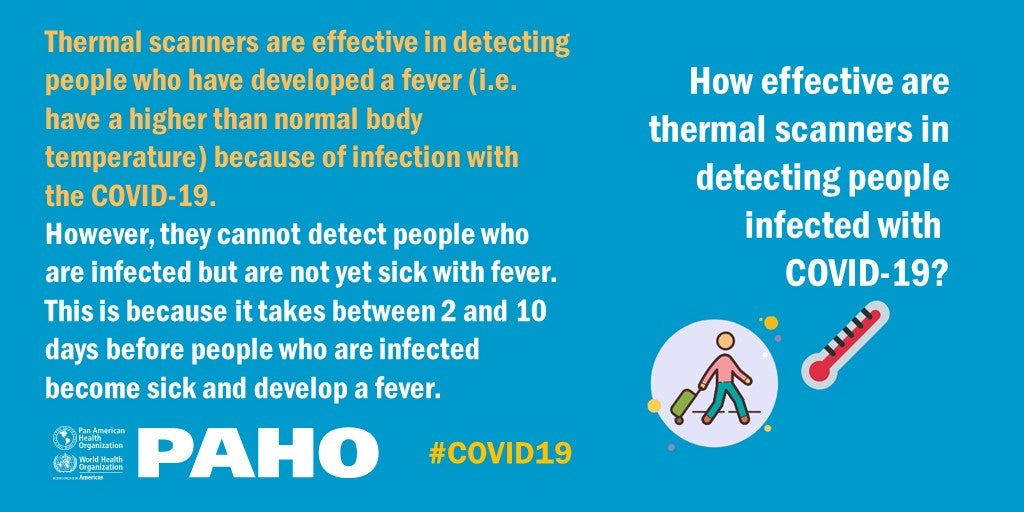Trata-se de um blog voltado para a promoção da saúde de gays, lésbicas, bissexuais, transexuais, 'questioning' e interssexo. Por uma Diversidade na Comunidade, Por uma Diversidade Inclusiva na Sociedade, Por Justiça Social.
quarta-feira, 30 de setembro de 2020
terça-feira, 29 de setembro de 2020
domingo, 27 de setembro de 2020
Men with a disability at higher suicide risk.
Men with a disability should be considered a priority group when it comes to forming policy around suicide prevention, according to a group of researchers and academics at Melbourne University.
Their recommendation comes as a result of a study into male suicide (8000 Australian males aged 18 to 55), which showed that those who reported a disability were more likely to have suicidal thoughts than other men.
Published in the Journal of Public Health, the study reported 10 per cent of men with a disability had suicidal thoughts in 2018, compared with four per cent of those without a disability.
They speculate that discrimination may be one explanation for the observed association. More research on this topic is needed.
quarta-feira, 16 de setembro de 2020
SETEMBRO É O MÊS DA VISIBILIDADE BISSEXUAL.

A bissexualidade, como a heterossexualidade, a homossexualidade, etc. é uma construção sócio-histórico-cultural. As “práticas bissexuais” existiram durante toda a história da humanidade, como a pederastia na Grécia antiga, o shudo no Japão feudal, as relações de dominação e submissão na Roma antiga e os costumes e rituais dos povos indígenas.
Ser bissexual não é "só uma fase", não é ser promíscuo e sim uma construção identitária que subverte a tendência de definir a sexualidade com base no sexo/gênero da(s) pessoa(s) desejada(s), e que abre outras possibilidades de diversidade sexual. PESSOAS BISSEXUAIS, SEJAM FELIZES.

LET'S TALK ABOUT SUICIDE. DON'T LET SILENCE KILL YOU. SPEAK UP. YOU´RE A NOT ALONE.
WARNING SIGNS OF SUICIDE
• Talking about wanting to die
• Looking for a way to kill oneself
• Talking about feeling hopeless or having no purpose
• Talking about feeling trapped or in unbearable pain
• Talking about being a burden to others
• Increasing the use of alcohol or drugs
• Acting anxious, agitated or recklessly
• Sleeping too little or too much
• Withdrawing or feeling isolated
• Showing rage or talking about seeking revenge
• Displaying extreme mood swings
The more of these signs a person shows, the greater the risk. Warning signs are associated with suicide but may not be what causes a suicide.
WHAT TO DO
If someone you know exhibits warning signs of suicide:
• Do not leave the person alone
• Remove any fi rearms, alcohol, drugs or sharp objects that could be used in a suicide attempt
• Call the National Suicide Prevention Lifeline in your country
• Take the person to an emergency room or seek help from a medical or mental health professional

quinta-feira, 10 de setembro de 2020
FIVE DIFFERENCES BETWEEN MALE SUICIDE AND FEMALE SUICIDE.
- Gender Suicide Gap: Suicide kills 3 times more men than women
- Mental Health: Most women who die by suicide have a mental health diagnosis, most men who die by suicide do not have a mental health diagnosis. Approaches that focus on mental health may be more likely to reach women at risk.
- Situational Factors: Male suicide is more likely to be linked to situational factors such as relationship issues, work-related distress and financial issues. Approaches that focus on situational risks may be more likely to reach men at risk.
- First Attempters: Most men who die by suicide do so at the first known attempt, most women do not. Programs focused on those who’ve made previous suicide attempts are more likely to reach women at risk.
- Male Distress: research suggests that men may experience, express and cope with distress in different ways to women and that services need to adapt and respond to these differences.
segunda-feira, 7 de setembro de 2020
Minicurso: ética, diferença e desafios contemporâneos. De 14 de outubro de 2020 a 17 de outubro de 2020, 11h. Evento online via Google Classroom. INSCREVAM-SE!
ÉTICA, DIFERENÇA E OS DESAFIOS CONTEMPORÂNEOS
O curso tem como objetivo promover o debate sobre alguns dos principais desafios éticos contemporâneos, compreendendo a diferença como caminho para que nós ampliemos as nossas experiências de relacionalidade. O nosso trajeto levará em consideração, de forma interseccional, as discussões de gênero, de raça e de classe, para que tenhamos ferramentas para uma reflexão ética interessada no bem comum, de fato comum.
O curso será realizado através das plataformas digitais Google Classroom e Google Meet. Nos dias 14, 15, 16 de outubro de 2020, as aulas pré-gravadas (de 30 minutos, cada uma delas) estarão disponíveis no Google Classroom, bem como todo o material de apoio. No dia 17 de outubro haverá uma aula em tempo real (de 9:00 às 11:00) pela Plataforma Google Meet.
METODOLOGIA
Aulas expositivas e conteúdo disponibilizados pelo Google Classroom
Aula em tempo real na plataforma digital Google Meet
Feedback interativo no Google Classroom
PROCEDIMENTOS DE INSCRIÇÃO
Plataforma Sympla: https://www.sympla.com.br/minicurso-etica-diferenca-e-desafios-contemporaneos__970318
Pagamento on-line
CONTEÚDO PROGRAMÁTICO
DIA 12: CONCEITOS FUNDAMENTAIS
Carga horária 30 minutos – Google Classroom
Aula Pré-gravada
DIA: 13: ÉTICA E DIFERENÇA: dialogia versus “alterocídio” : imersões no pensamento de Achille Mbembe e Grada Kilomba
Carga horária 30 minutos – Google Classroom
Aula Pré-gravada
DIA 14: INFLEXÕES ÉTICAS: a ética como caminho de subversão
Carga horária 30 minutos – Google Classroom
Aula Pré-gravada
DIA 15 DE OUTUBRO: Seminário ao vivo
Carga Horária: 2 horas – Google Meet
Aula em tempo real

quarta-feira, 2 de setembro de 2020
terça-feira, 1 de setembro de 2020
O SUICÍDIO É UMA GRANDE QUESTÃO DE SAÚDE PÚBLICA EM TODOS OS PAÍSES.










